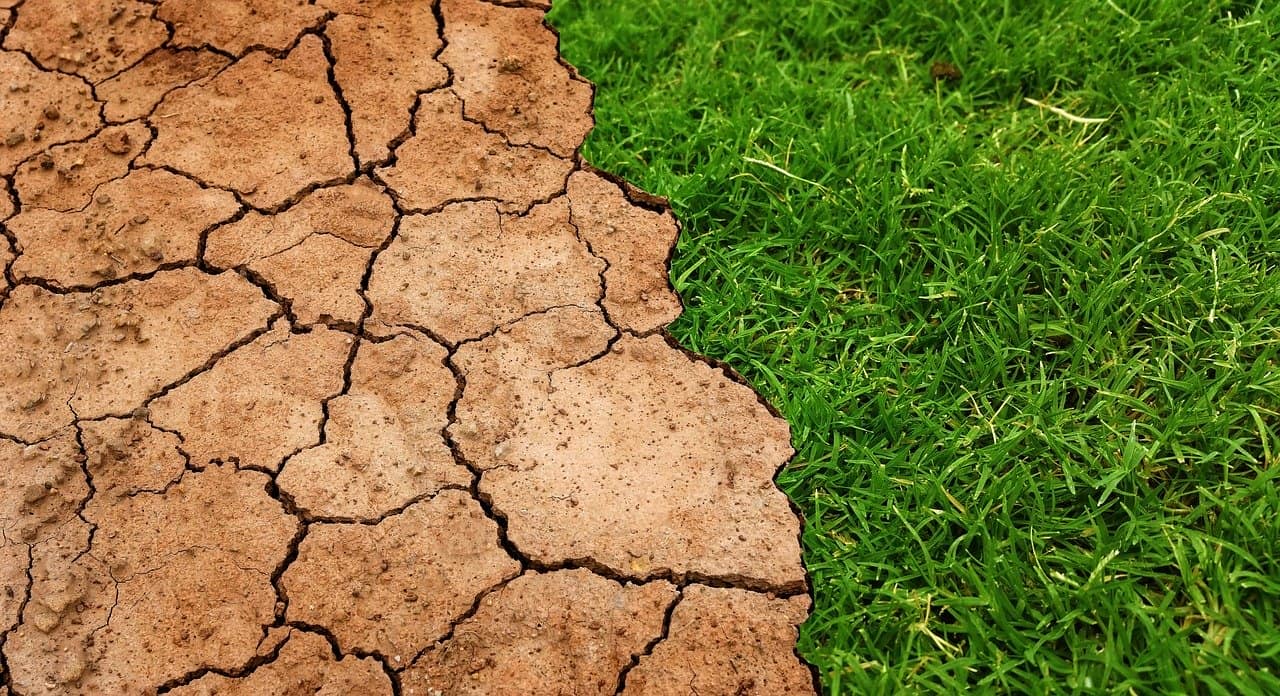
Contrary to popular belief, a drought isn’t just a time of the year that’s unnaturally hot. Droughts are a natural phenomenon that can damage crops and threaten water supply. There are different types of droughts, with various causes and effects. Learn more about how it affects us with these drought facts.
- Drought can last as long as a week, a month, a year, or even more.
- Lack of precipitation in an area is one of the major causes of drought.
- Due to the lack of water for crop irrigation, drought can also affect the food chain – resulting in famine.
- As the climate warms, droughts become more common.
- In Africa, the drought affected 150 million people from 1969-1980.
- Drought refers to a period of below-normal precipitation in an area or region.
- The longer the duration of a drought, the more harmful its effects are on people.
- By decreasing crop yield, droughts can also lessen livestock capacity.
- Watering crops in agriculture is the human activity that uses the most water worldwide.
- Irrigation and thermoelectric power use the most water in the United States.
- Weather patterns from the Atlantic and Indian Oceans cause the drought cycles in Africa.
- Droughts damage animal, bird, and fish habitats as well.
- The 1990 India drought caused the deaths of approximately 3.25 million people.
- In Russia, starvation from the 1921-1922 drought killed around 5 million people.
- Famine from drought in 1928-1930 Northwest China brought death upon 3 million people.
- Droughts are second to hurricanes in being the world’s most costly weather events.
- Snakes opt to migrate in response to drought, causing an increase in snake bite incidents.
- The ‘Dirty Thirties’ refer to the worst droughts in the U.S. back in the 1930s.
- The droughts of 1987-1989 were recognized as the most costly natural disaster in the history of the U.S.
- Droughts pose the most risk for Sub-Saharan countries given its terrible effects on food supplies.
Drought Facts Infographics

Drought has 4 main types.
Drought is typically classified into 4 types: Low rain or precipitation causes meteorological drought, while lack of soil moisture causes agricultural drought. Hydrological drought stems from low water levels in lakes and other water sources. Lastly, drinking and tap water shortages lead to socioeconomic drought.
Predicting droughts takes a while.
One of the more alarming drought facts: Droughts are not as predictable as other sudden weather events such as hurricanes, thunderstorms, and tornadoes. It might take weeks or months to identify the initial effects of a drought, much less predict when it ends.

Climate change is one of the contributing factors to drought.
Climate change has already been affecting global patterns not only in terms of drought, but also in hydroclimate trends and variability. Subsequently, these patterns of abnormal weather is expected to continue as long as the world continues to warm.
Trees can determine climate and drought patterns.
NASA research uses tree rings in comprehending past models of droughts and climate. They incorporate soil moisture data into the estimation of future risks of drought in the 21st century. As a result, NASA has found how humans have been influencing global drought patterns for almost a century now.
Droughts can create dust bowls.
Dust bowls result in the complete blowing away of the topsoil layer. Hence, the soil left behind would not have ample nutrients left to sustain crop growth after the end of the drought.

China experienced the worst drought in the world for 3 years.
According to the Guinness Book of World Records, approximately 9-13 million people died when it didn’t rain in Northern China from 1876 to 1879. It was around the same time when monsoon rains befell India for 2 years (1876-78), killing around 5 million people.
The Texas drought lasted 5 years.
Starting in May 2010, Texas suffered a drought period for the longest time since 2000. It ended in July 2015, with the most intense period observed the week of October 4, 2011.
A Californian drought once lasted 8 years.
California suffered its longest drought period from December 2011 to March 2019. Moreover, the most intense period was observed in the week of July 29, 2014.
California drought has been a recurring feature state's climate.
Since the state kept records starting in 1895, California has recorded its driest season from the fall of 2011 to the fall of 2015. Record history also shows that 2014 and 2015 were the state’s hottest years, following worsened effects due to high temperatures.

Droughts are a possible cause of war.
One of the drought facts that shows how it can affect us is that drought can cause wars. Such was the case in Darfur, Sudan. The conflict arose from decades of drought, overpopulation, and land degradation. In these cases, people were forced to find access to water outside of their respective regions, causing territorial disputes.
Was this page helpful?
Our commitment to delivering trustworthy and engaging content is at the heart of what we do. Each fact on our site is contributed by real users like you, bringing a wealth of diverse insights and information. To ensure the highest standards of accuracy and reliability, our dedicated editors meticulously review each submission. This process guarantees that the facts we share are not only fascinating but also credible. Trust in our commitment to quality and authenticity as you explore and learn with us.
